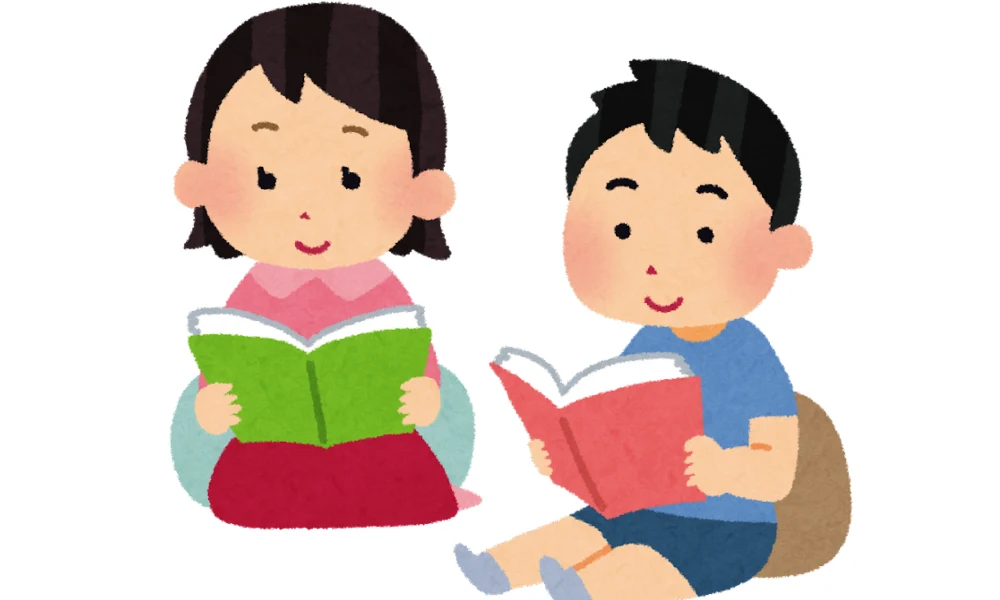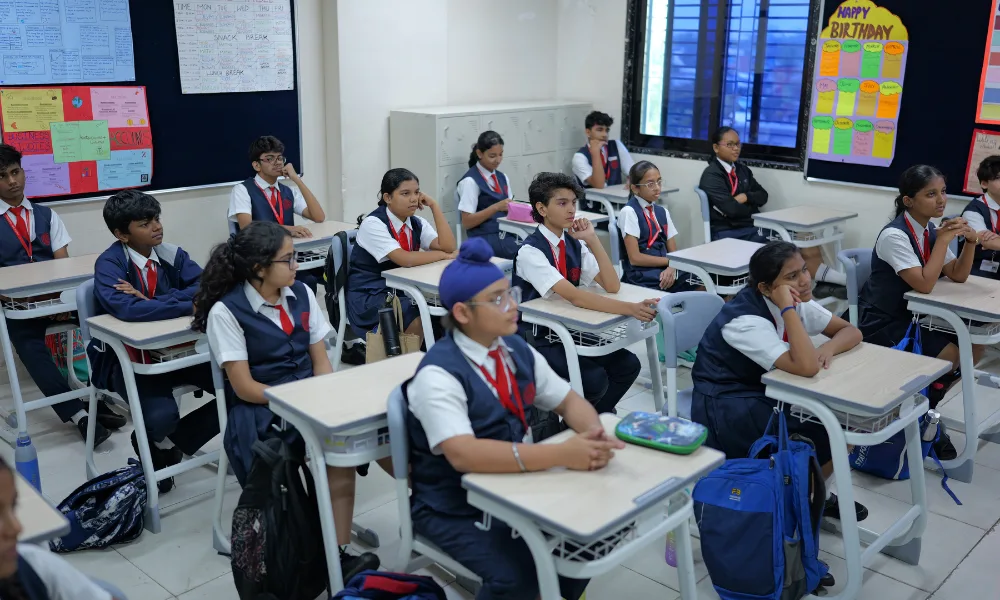Why is Rote Learning Not Good for Students?
May 29, 2025 2025-05-29 16:29Why is Rote Learning Not Good for Students?
In the traditional education system, Rote Learning has long been a commonly used method for academic instruction. It involves memorizing information through repetition without necessarily understanding the underlying concept.
While this technique may help students remember definitions, formulas, or historical dates for a short period, it often fails to foster critical thinking, creativity, or a deeper comprehension of the subject matter.
Modern education systems across the globe, including the Best International Schools in Mumbai, are moving away from rote-based methods. These institutions recognize that learning should not just be about storing information—it should be about applying knowledge in real-life situations and encouraging students to think independently.
Let’s explore in detail why Rote Learning may do more harm than good for students and what alternatives are proving to be more effective.
What is Rote Learning?


Rote Learning is the memorization of facts or concepts through repetition without truly understanding the subject. Students are expected to recall and recite information, often for exams, but this learning is shallow and quickly forgotten once the immediate need passes.
For example, a student might memorize the steps of photosynthesis word-for-word but struggle to explain why the process is essential for plant life. This disconnect between memorization and understanding is the core flaw of Rote Learning.
Why Rote Learning is Not Effective for Students ?


Here’s why Rote Learning can hinder a student’s educational development:
1. Lacks Conceptual Understanding
One of the main drawbacks of Rote Learning is that it doesn’t promote genuine understanding. Students might be able to recite definitions or steps in a process but are unable to apply them in practical situations. Without comprehension, their knowledge remains superficial.
2. Discourages Critical Thinking
Rote Learning does not allow room for questioning or analyzing information. It encourages students to accept facts without understanding how they were derived. This stunts the development of analytical and logical reasoning—skills that are essential for success beyond school.
3. Leads to Forgetting
Since memorization is not anchored in understanding, the information learned by rote is quickly forgotten. Once exams are over, most students can’t recall the material, making it an ineffective long-term learning method.
4. Suppresses Creativity
When students are trained to memorize answers, they stop thinking outside the box. Rote Learning often forces uniformity in answers, discouraging unique ideas, diverse perspectives, and creative approaches to problem-solving.
5. Increases Academic Pressure
The pressure to memorize and reproduce exact answers can lead to stress and anxiety. Students who struggle with memorization may feel inadequate, even if they have a strong understanding of the subject.
Impact of Rote Learning on Real-Life Application:


Education should equip students with the tools to solve problems in the real world. Unfortunately, Rote Learning does the opposite. It may help students perform well in tests, but when faced with real-life scenarios, they may falter due to a lack of practical knowledge.
Subjects like science and mathematics require logical application, reasoning, and experimentation. Memorizing formulas without understanding how and when to use them doesn’t help students in real scenarios.
Similarly, in literature or social sciences, regurgitating text-book answers doesn’t prepare students to form opinions or analyze events critically.
Why Modern Schools Are Moving Away from Rote Learning?


The world is evolving, and so are educational needs. The 21st century demands more than memory recall—it calls for adaptability, innovation, communication skills, and emotional intelligence.
Many progressive schools are integrating inquiry-based and experiential learning into their curriculum. These methods involve exploring, experimenting, questioning, and hands-on activities, which foster deeper engagement and lasting understanding.
How the Best International Schools in Mumbai are Addressing This Issue:
Institutions like the Best International Schools in Mumbai are setting benchmarks by focusing on holistic education. Instead of traditional rote-based teaching, they offer inquiry-led, project-based, and experiential learning models.
These schools:
- Encourage students to ask questions
- Allow space for discussions and debates
- Promote collaborative learning
- Use real-life projects to reinforce classroom concepts
- Assess students through presentations, research, and problem-solving tasks
This not only builds knowledge but also helps in nurturing responsible, curious, and confident individuals.
Alternatives to Rote Learning: Effective Study Techniques:


Rather than memorizing by repetition, students benefit more from active learning techniques. Here are a few approaches that are far more effective:
– Concept Mapping
Creating visual diagrams that connect key ideas helps students understand relationships between concepts, reinforcing learning.
– Active Recall
Testing oneself on material using flashcards or quizzes strengthens memory and comprehension.
– Spaced Repetition
This method involves reviewing material at increasing intervals, which improves long-term retention.
– Teaching Others
Explaining a concept to someone else is one of the most effective ways to learn and reinforce understanding.
– Hands-on Learning
Learning through activities, experiments, or projects can make abstract ideas tangible and understandable.
Real-Life Skills Cannot Be Memorized:
In today’s competitive world, employers are looking for people who can think critically, adapt quickly, and solve problems—not those who can just recite textbook answers. Students need to be equipped with soft skills, emotional intelligence, decision-making capabilities, and the ability to learn new things continuously.
Unfortunately, Rote Learning does little to develop these skills. It trains the brain for short-term tasks, not lifelong adaptability. This gap becomes evident once students transition from academics to work life.
Education Needs to Inspire Curiosity:
One of the saddest outcomes of Rote Learning is that it can kill curiosity. When students are not allowed to explore or ask questions, they lose interest in learning.
A curious mind is the foundation of innovation. By promoting curiosity and understanding over memorization, schools can help students become passionate lifelong learners.
Frequently Asked Questions
Ques 1. What skills does Rote Learning fail to develop?
Ans. Analytical thinking, emotional intelligence, decision-making, and curiosity.
Ques 2. Does Rote Learning affect creativity in students?
Ans. Yes, it limits imagination and discourages exploring new ideas.
Ques 3. What teaching strategies are better than Rote Learning?
Ans. Flipped classrooms, peer learning, project-based tasks, and storytelling methods.
Ques 4 . Does Rote Learning help in building career skills?
Ans. No, most real-world jobs require critical thinking and adaptability, not memorization.
Ques 5. Can digital tools help move beyond Rote Learning?
Ans. Yes, tools like educational videos, interactive apps, and gamified platforms promote active learning.




